How to Tie a Gurgler
Gurglers, to the best of my knowledge, were invented by the late Jack Gartside. They are awesome, easy to tie flies that work of a wide variety of fish. Since I make them differently than Jack did, here are my instructions on how to tie a Gurgler.
First, you need to gather your materials. Use whatever color(s) you like.
-sheet of craft foam (available at any craft store)
-material for tail (in this case marabou, but it’s the tyer’s choice)
-tying thread (Danville flat waxed nylon for me) in Dr. Slick bobbin
-Estaz or similar product for body
-rubber hackle, sililegs, or what-have-you for legs if desired (for spider patterns or bass bugs)
-hook. For most of my saltwater flies I use a Mustad 34001 #2. For salmon I use a Mustad 36890, also #2. For freshwater applications it depends what the target specie is; i.e., for bass a stinger hook, #4 or #2, for sunfish an Aberdeen, #6 or 8, for trout and dollies a long-shanked, bronzed hook, #6 or 8, etc.
1. After placing the hook in the vise (I use a Regal), start the thread and wrap it back to the bend of the hook.
2. Using your Dr. Slick scissors, cut a strip of foam from the sheet of craft foam. Use the scissors to taper one end to a near-point.

Cut the strip of foam for the fly body. Wider ones float better but tend to rotate more. Taper one end to a near point.
To read the rest of these instruction, click here now…
John Kumiski
www.spottedtail.com
http://www.spottedtail.com/blog
www.johnkumiski.com
www.rentafishingbuddy.com
https://www.smashwords.com/profile/view/jkumiski
All content in this blog, including writing and photos, copyright John Kumiski 2015. All rights are reserved.
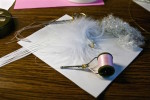
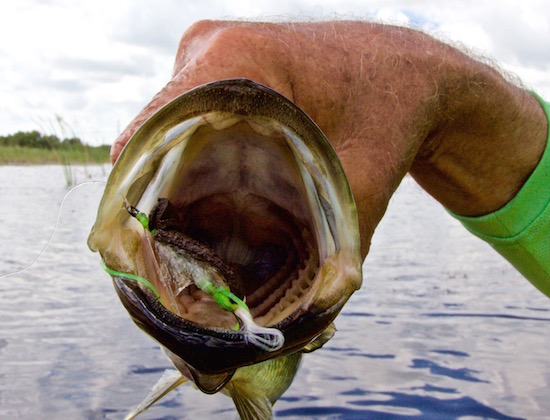

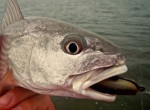
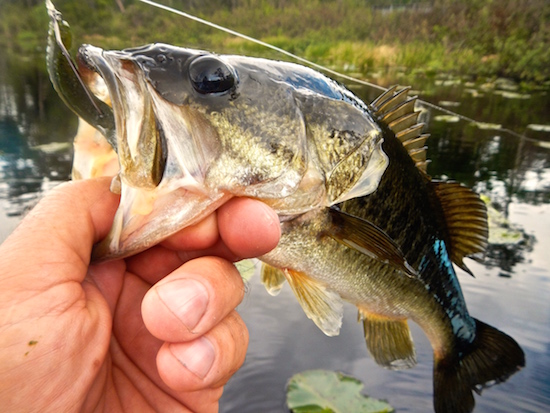
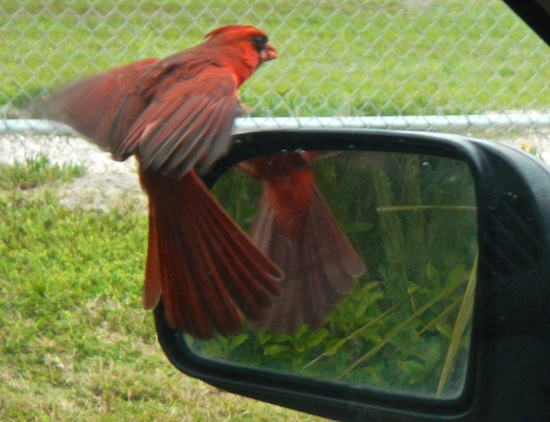
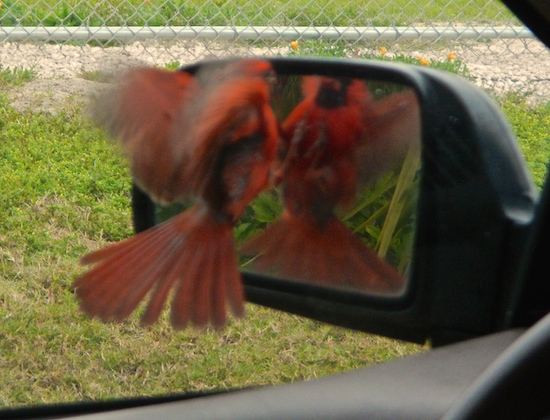
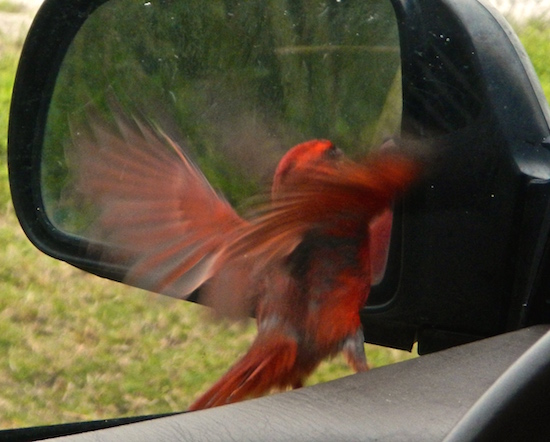
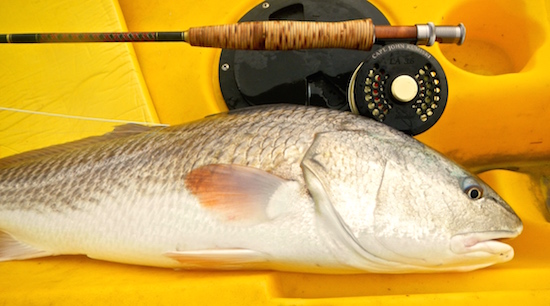
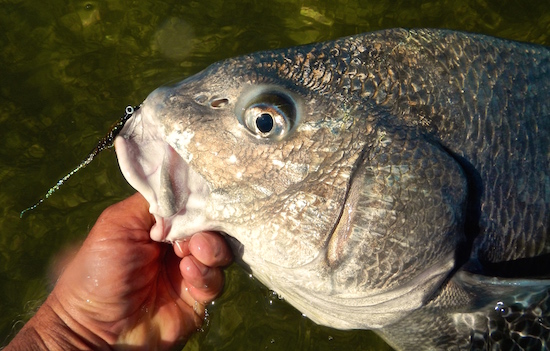
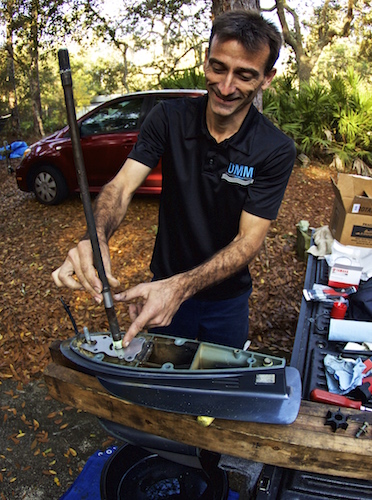
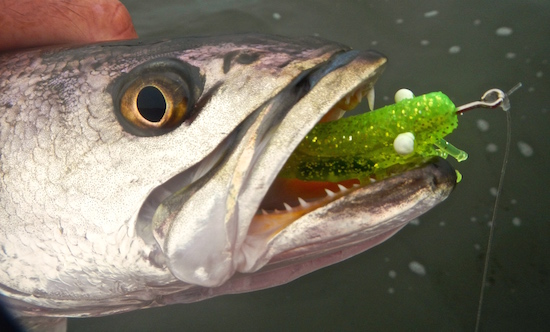
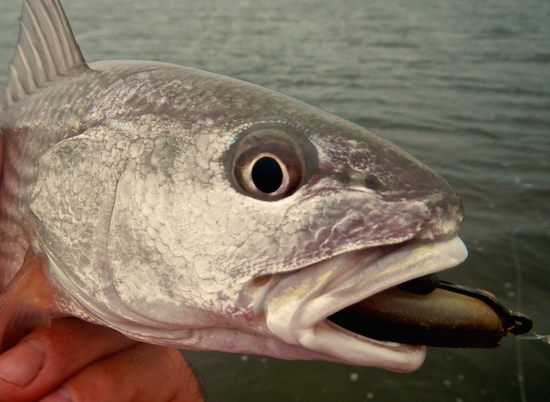
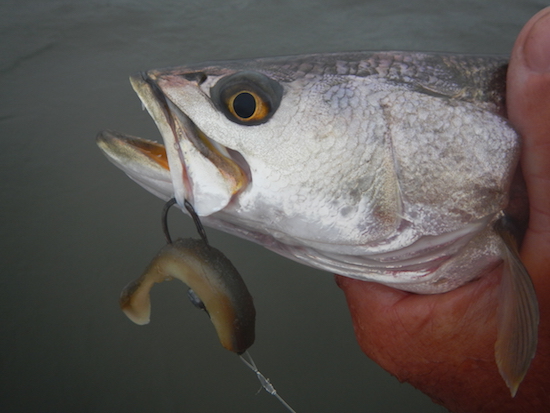

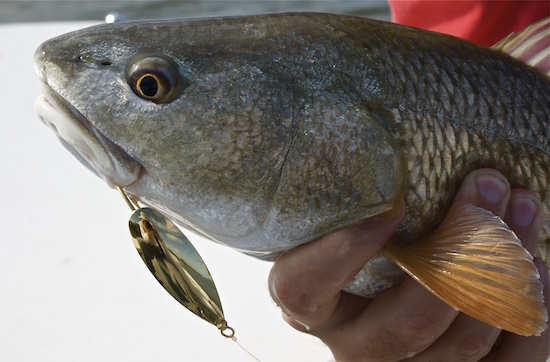
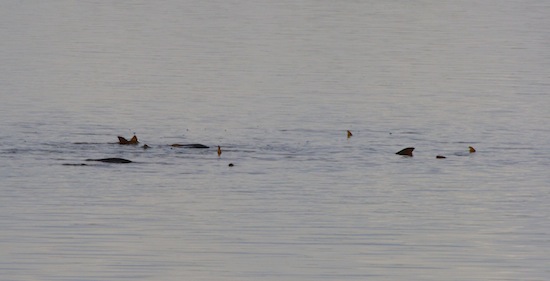
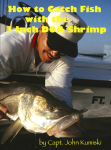
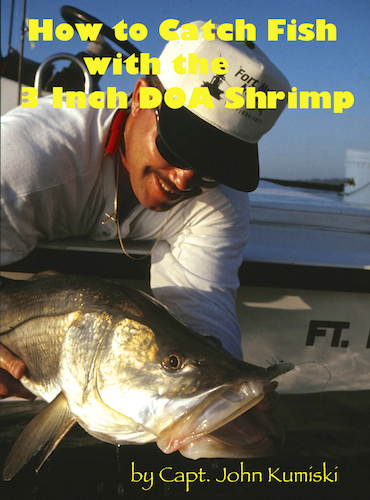
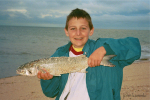
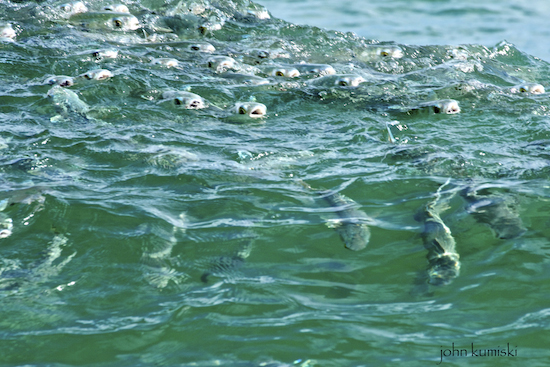
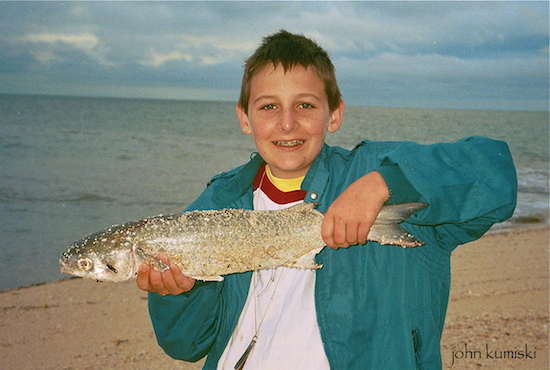
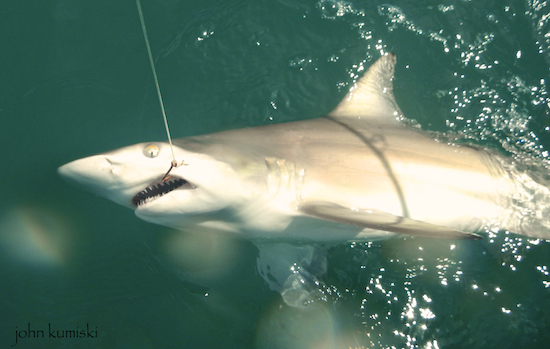
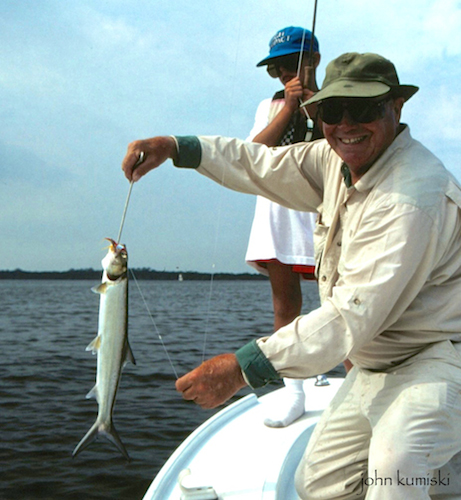
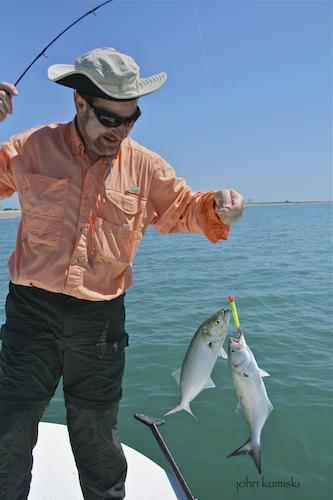

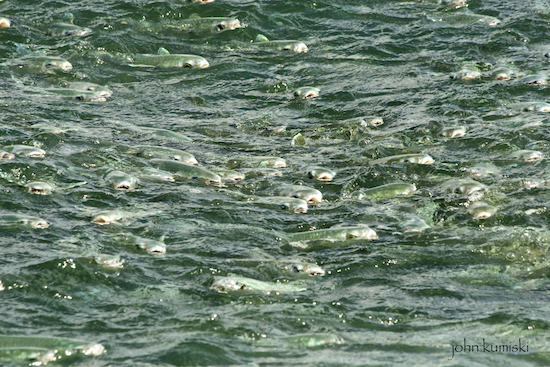


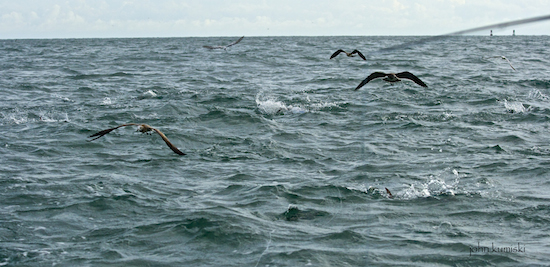
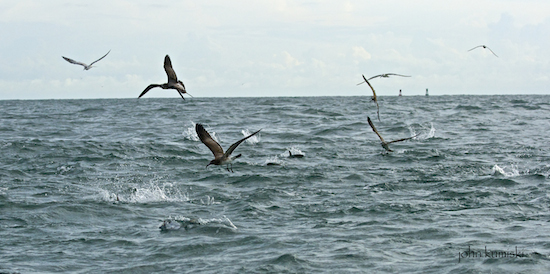
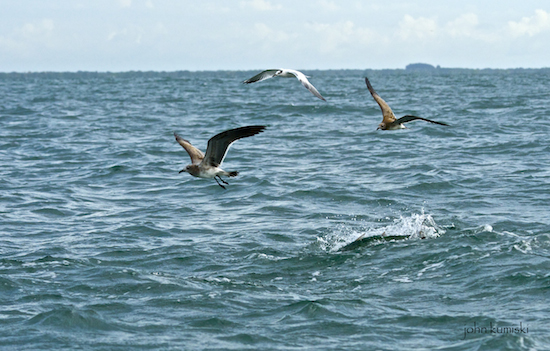
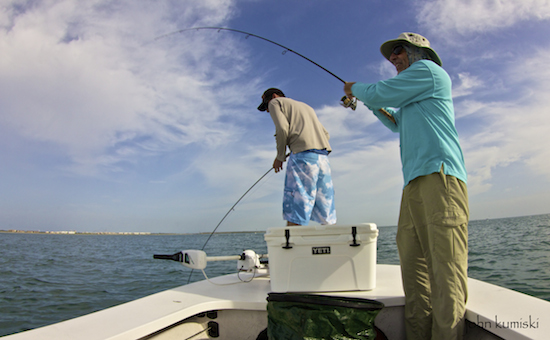
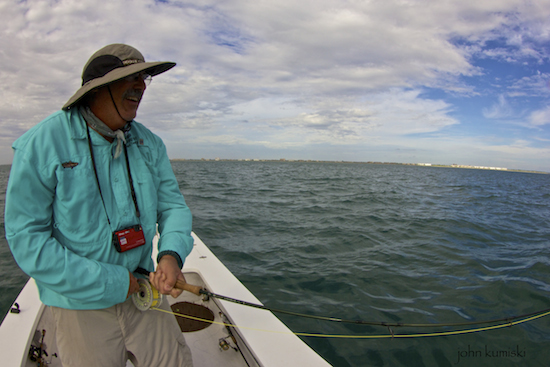
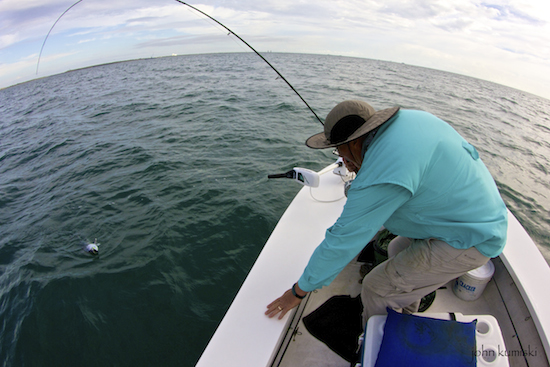
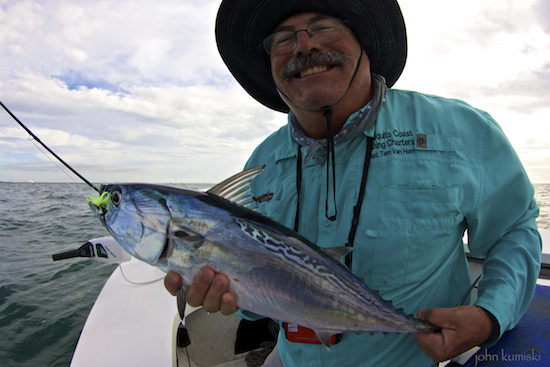
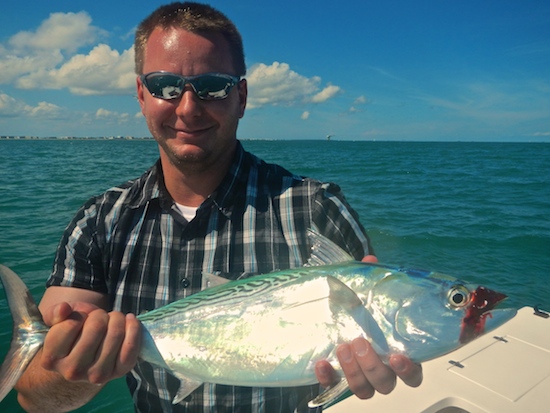
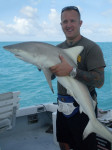
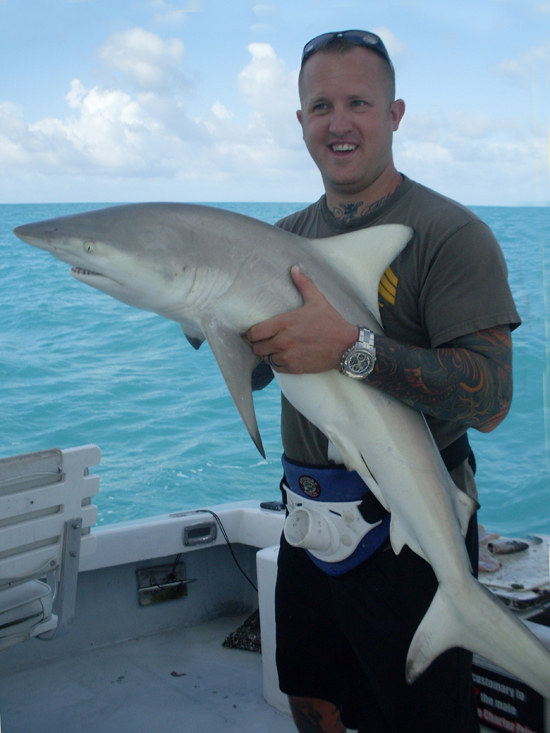
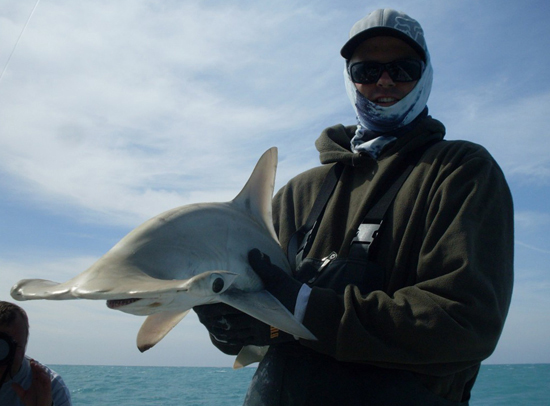
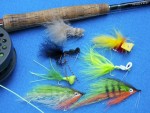
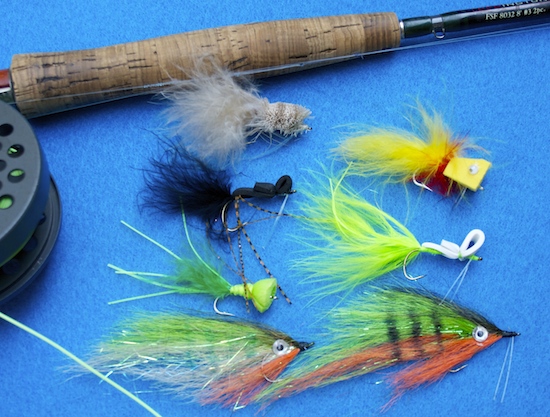
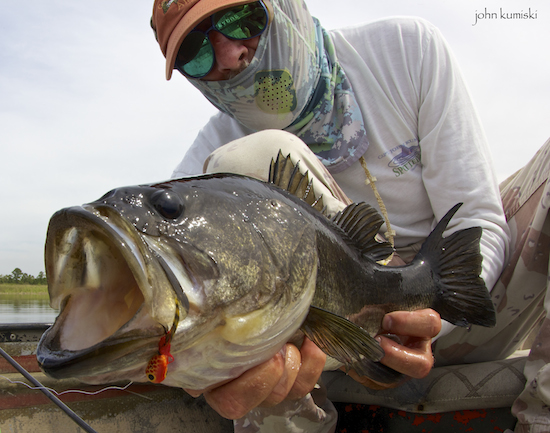
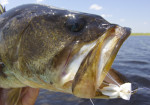
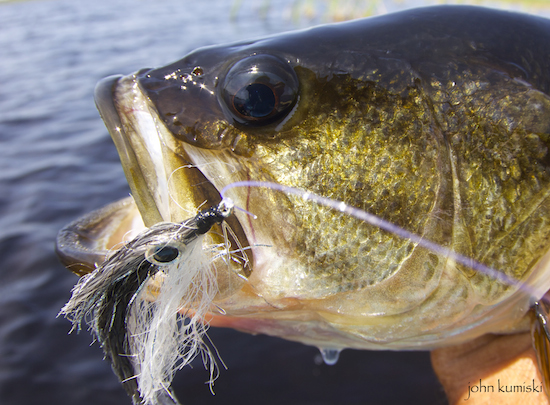
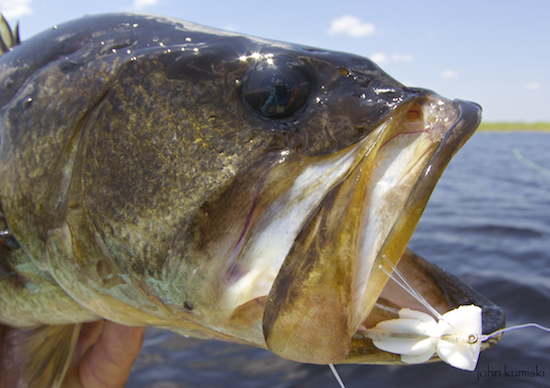
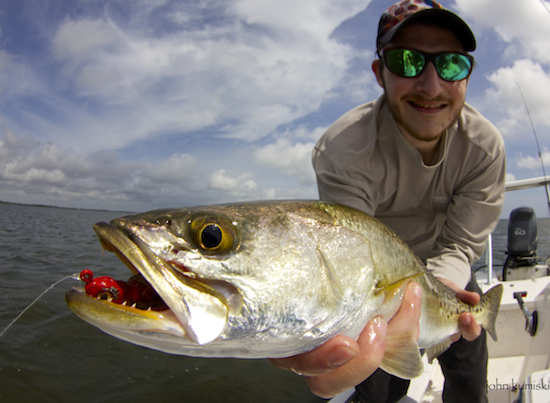
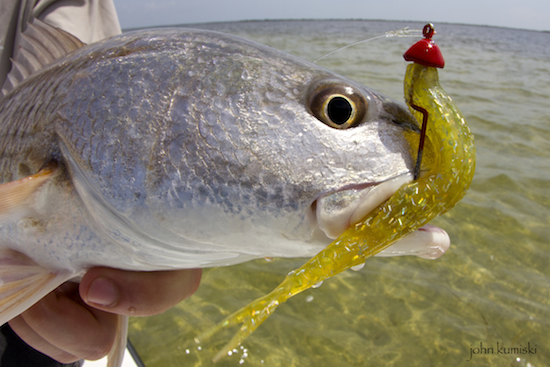
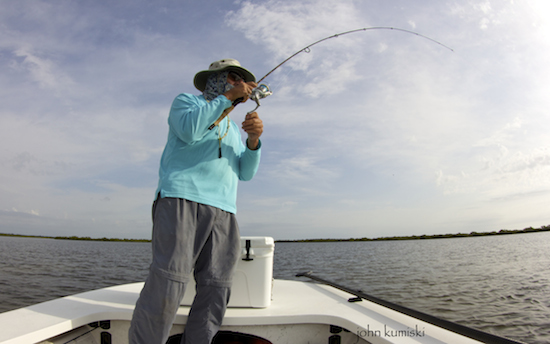
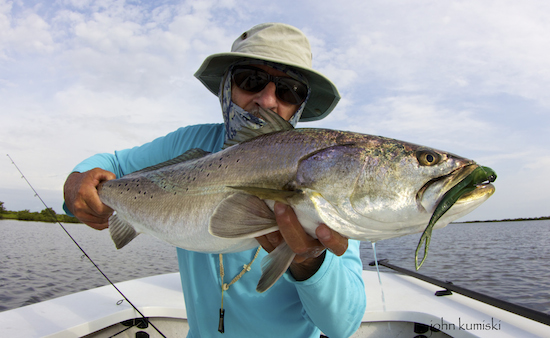
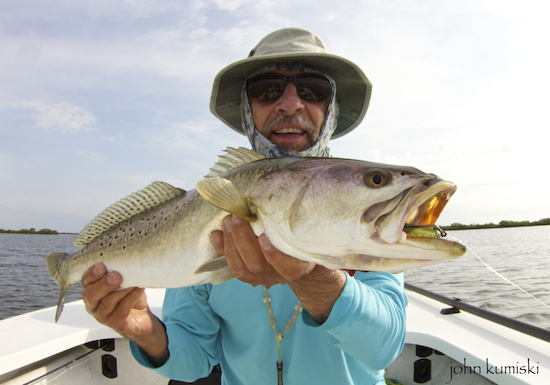
Recent Comments